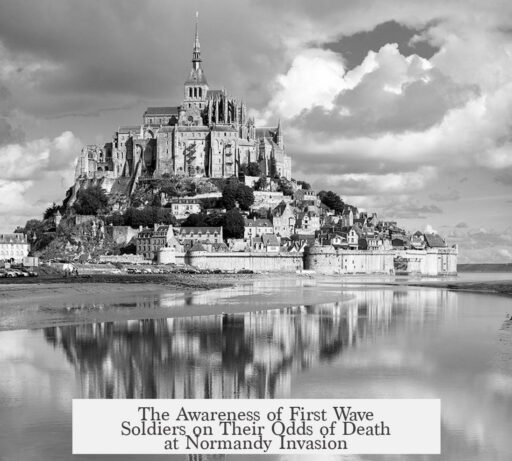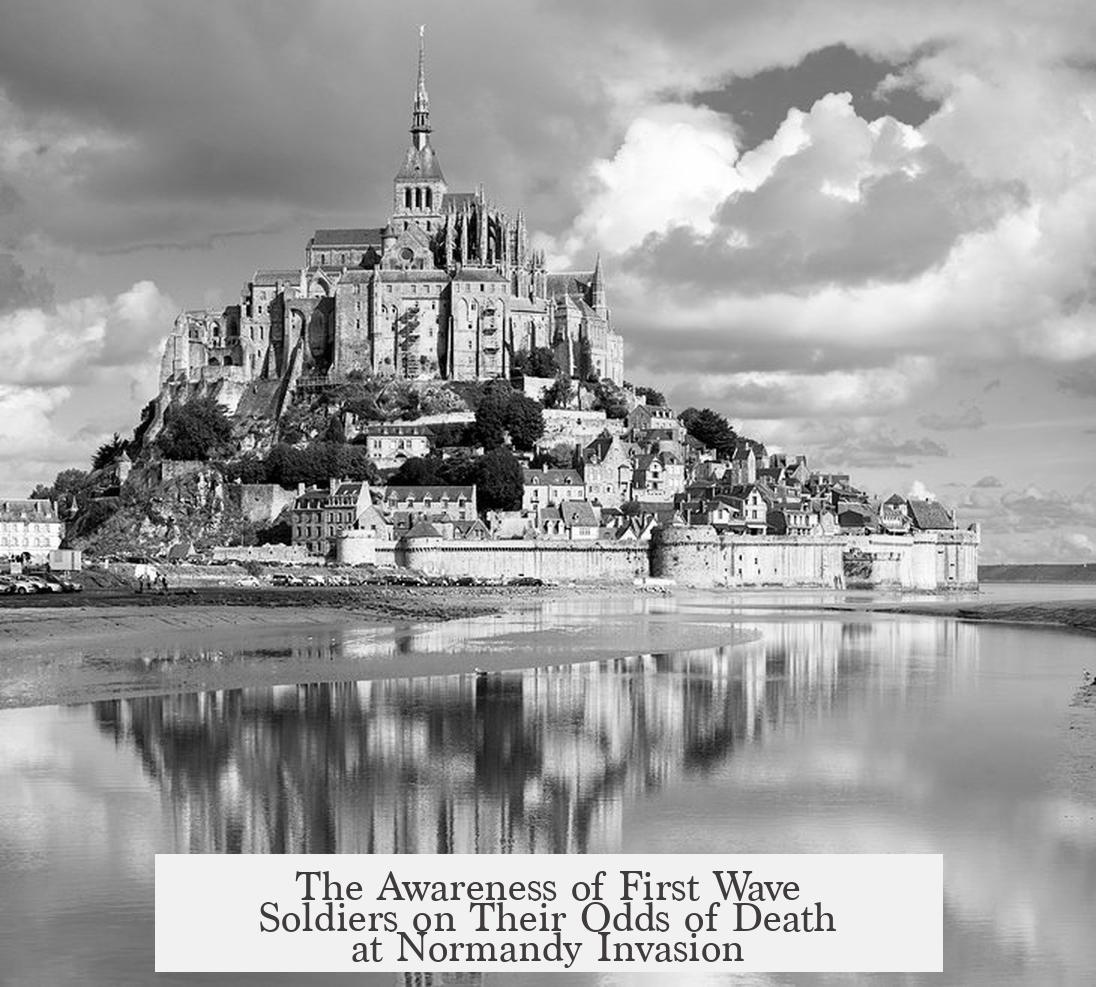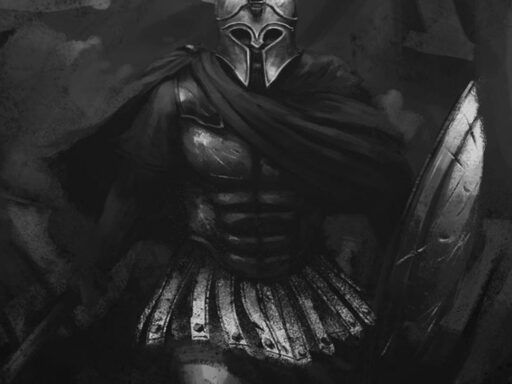The first wave privates and soldiers at the invasion of Normandy were aware the operation carried significant risks, but most did not fully grasp the precise odds of death they faced. They understood the landing was dangerous, informed by briefings and general military knowledge. However, expectations often differed from reality, especially concerning enemy strength and casualty rates.
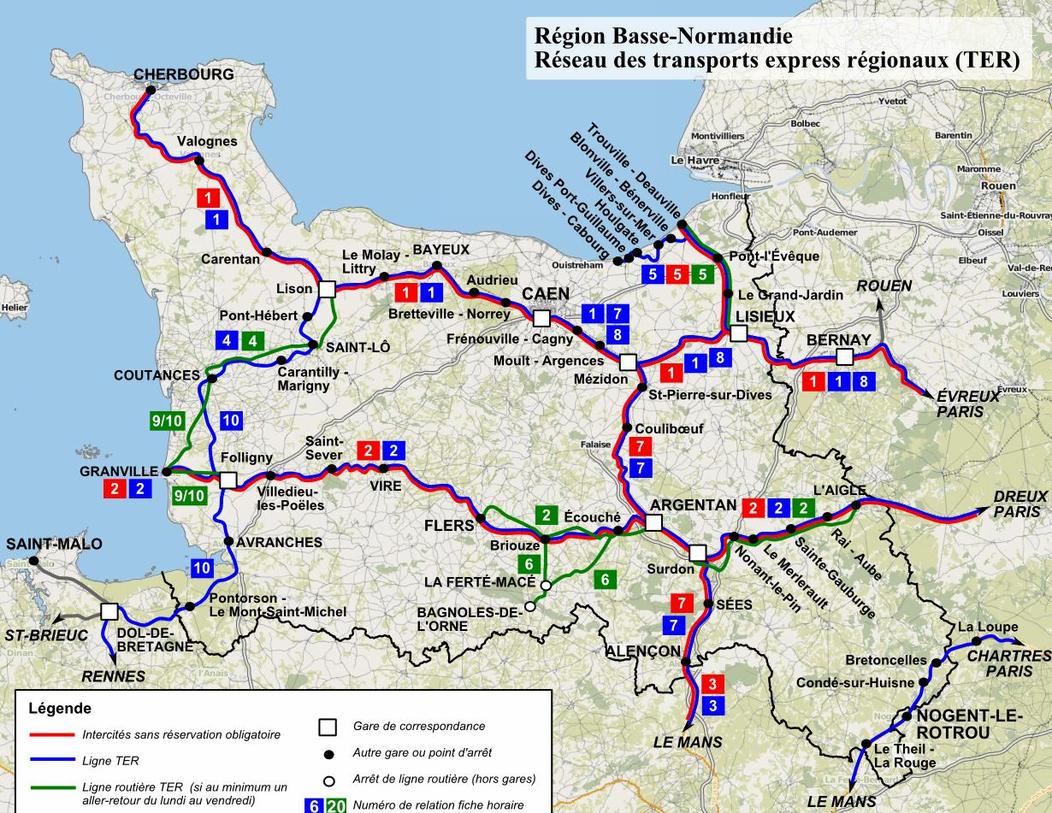
All soldiers, from those in the first landing craft to commanders offshore, knew the invasion would be perilous. The planning highlighted dangers, yet it also emphasized the likelihood of success through combined arms tactics and overwhelming force. This meant soldiers accepted risk but held hope supported by detailed bombardments aimed to weaken German defenses.
On Omaha Beach, where the fiercest fighting occurred, the first wave expected that air and naval bombardments would have severely damaged German positions. They prepared for resistance but anticipated easier progress due to enemy disruption. Instead, many troops faced nearly intact defenses. Bombing had mostly missed key fortifications and defensive machine-gun nests were still fully operational.

Once landing crafts reached the beach and soldiers disembarked, retreat was not an option. Unlike some expectations of flexible battlefield movement, troops faced exposed beaches under direct fire. The environment offered minimal cover, making soldiers vulnerable to well-placed German gunfire. The difficulty caused higher casualty rates and intense pressure.
The perception of casualty rates among first wave soldiers might have been influenced by both military intelligence and rumors. A common myth claims up to 90% of the first wave died at Omaha, but historical data disproves this. Total Allied deaths during the entire Normandy landings numbered around 4,414 out of 156,000 troops, with about 10,000 total casualties including wounded. These figures indicate severe losses but not the wholesale slaughter sometimes suggested online or in popular culture.
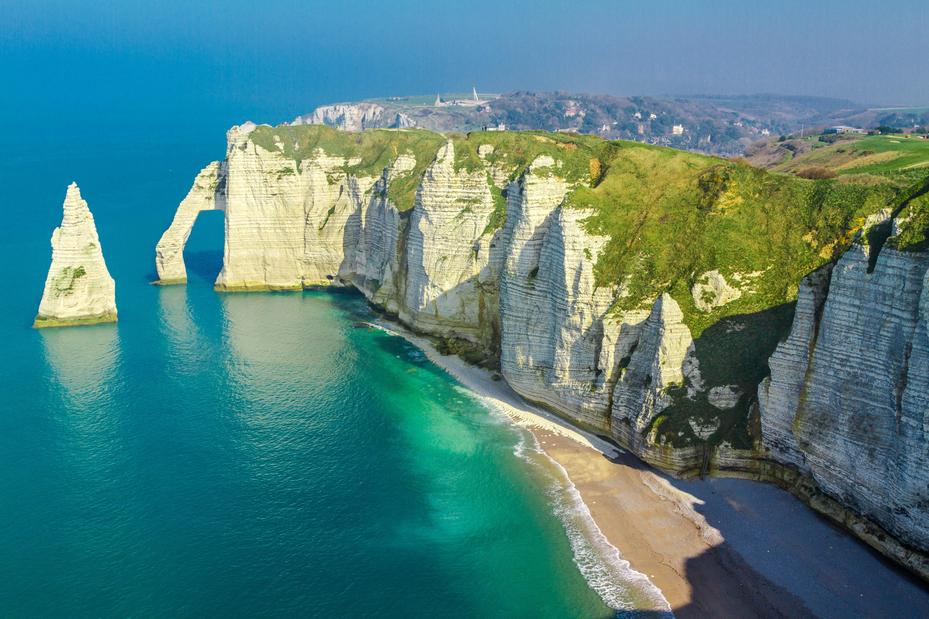
Casualty rates varied widely by beach. Omaha and Point du Hoc saw very heavy fighting with higher deaths, while Utah Beach incurred fewer casualties. For example, Brigadier General Theodore Roosevelt Jr. landed with the first wave at Utah and survived unscathed, illustrating that not all initial troops faced catastrophic losses. Sword Beach experienced a brief German counterattack but also fewer first wave casualties compared to Omaha.
Media portrayals, especially films like Saving Private Ryan, have shaped how many perceive the Normandy landing’s deadliness. Its opening sequence dramatically depicts the Omaha Beach landing as nearly suicidal, influencing public notions of the soldiers’ awareness and fate. While Omaha was brutal, it was not as uniformly fatal as portrayed in that scene.
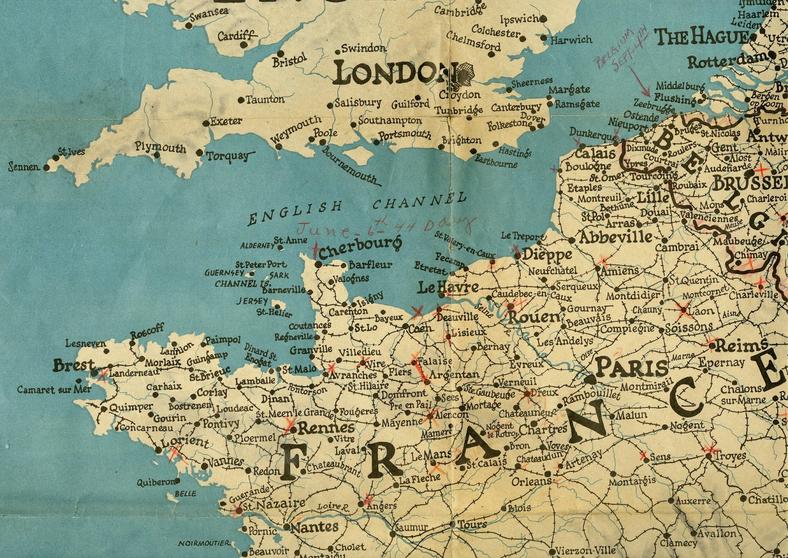
In summary, privates and first wave soldiers entered the invasion knowing they faced severe danger. They expected resistance but underestimated the intact strength of German defenses at Omaha. The impossibility of retreat and exposed landing conditions heightened the peril. Despite myths, casualty figures do not support an overwhelming death toll for the majority of first wave troops. Awareness of risk was real but mixed with hope and trust in military planning.
- First wave soldiers knew the landings would be dangerous but did not precisely grasp death odds.
- Expectations of weakened German defenses at Omaha were incorrect; defenses remained strong.
- Retreat after landing was impossible, exposing soldiers to heavy fire with limited cover.
- Casualty rates varied significantly by beach; Omaha was worst but not a total massacre.
- Popular media exaggerates death odds, misrepresenting the average first wave soldier’s awareness.
- Overall Allied deaths were around 4,414 from 156,000 troops across all beaches.
At the Invasion of Normandy, How Aware Were the First Wave Privates / Soldiers of Their Odds of Death?

So, how aware were the first wave soldiers of their odds at Normandy? They knew they were heading into a dangerous situation, but many believed their chances of survival were better than the harsh reality would become. The myth of inevitable, massive casualties was real but exaggerated. Let’s dig into what these troops actually faced and how much they understood about their fate.
Picture this: early June 1944, the dawn just breaking over the choppy Channel waters. Soldiers in Higgins boats gripping their rifles, nervous but resolved. They know this isn’t a Sunday picnic. Everyone involved – from privates struggling to hold their gear to generals pacing on command ships offshore – understood the operation was risky. Danger was baked into the plan. Yet, the full measure of death they might encounter? That’s where expectations and reality began to diverge.
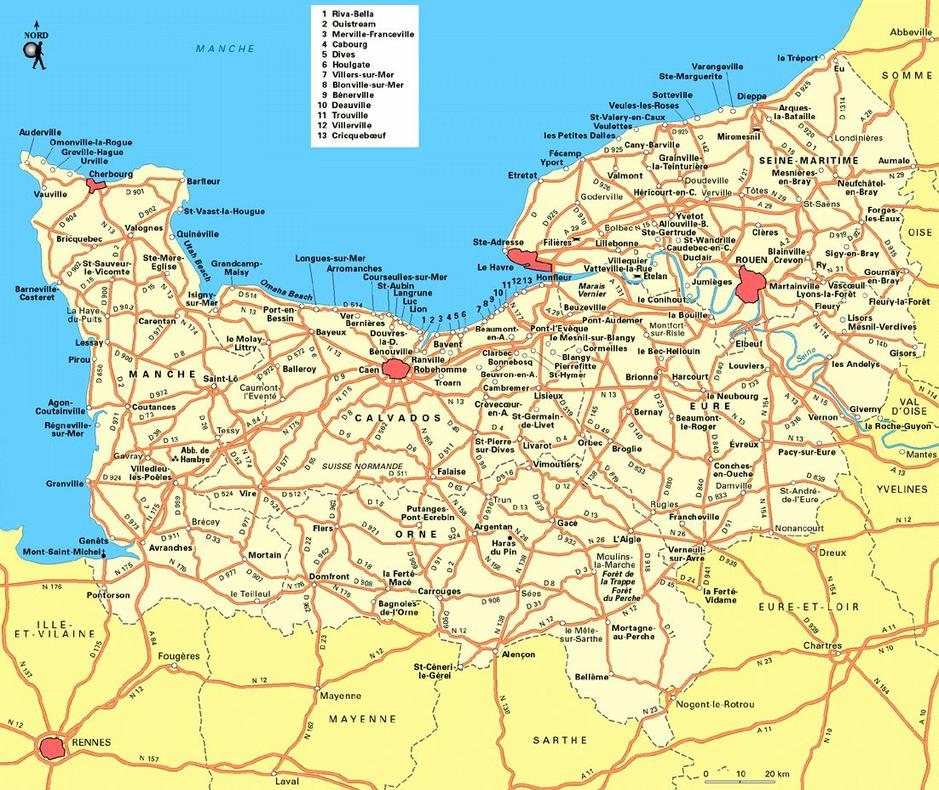
The Unseen Chaos and Uneven Battlegrounds
The invasion sprawled across five beaches: Utah, Omaha, Gold, Juno, and Sword. Each was effectively its own battlefield with different levels of resistance. The heaviest carnage happened at Omaha Beach and Point du Hoc, where German defenses held firm and firepower rained down unrelentingly. That first wave at Omaha was not just walking into a fight; they were stepping into a storm with little cover and very high risk.
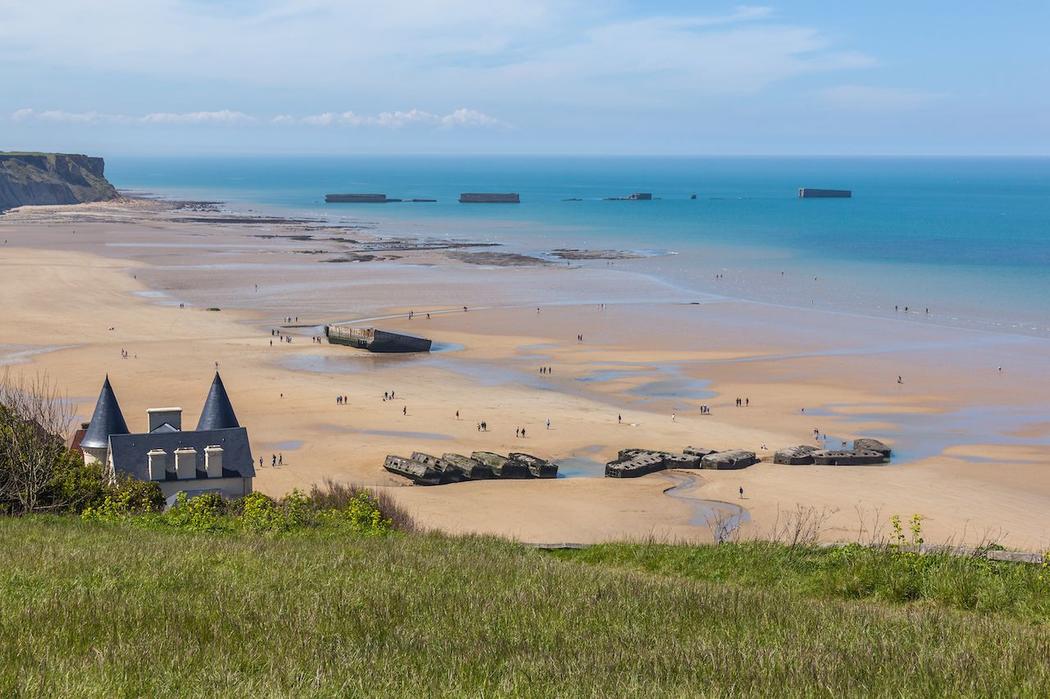
But contrast Omaha’s bloody ordeal with Utah Beach. The terrain was more forgiving. Casualties? Considerably lighter. Brigadier General Theodore Roosevelt, Jr., a 56-year-old officer, actually landed in the first wave at Utah and survived without a scratch. That should remind us not to paint the entire invasion in one broad stroke of tragedy.
Did the soldiers anticipate these variations? At a strategic level, commanders hoped for success across all beaches, but those on each shore likely had differing views based on intelligence reports and briefings. Still, the hope was unanimous: the pre-landing bombings would weaken enemy defenses.
Expectations Versus Brutal Reality on Omaha Beach
Most soldiers, especially at Omaha, expected shattered German lines. They thought relentless aerial and naval bombardments would have dismantled strongpoints. Instead, the enemy remained largely intact. The bombardment mostly fell short, striking behind the Wehrmacht’s frontline guns. Naval shelling? Too brief. The result: soldiers met precise, concentrated fire moments after stepping onto the sand.
This unexpected turn created chaos. Imagine hitting a beach with no shade, no trenches, no ramps to hide behind, only open ground under enemy fire. Once ashore, retreat was impossible. Your boat’s not turning around. It was advance or perish.
How well could troops grasp this pre-landing? Maybe the danger was palpable, but the exact death odds were cloaked beneath adrenaline and misinformation. Rumors swirled, but nobody really had a concrete fatality percentage in their head.
Debunking the Myth: The “90% Casualty” Meme
Thanks to popular films like Saving Private Ryan, many imagine that 90% of the first wave died immediately on touchdown. That figure circulates widely on the internet but is flat-out wrong. The total Allied invasion force amounted to roughly 156,000 troops, with some 4,414 killed on D-Day — around 3% of all assault troops.
How does this compare historically? Take the Battle of Tarawa (1943), where the casualty rate was significantly higher — close to 50% in some units. Normandy’s first wave was brutal but nothing like an outright massacre. Understandably, the media dramatize the danger, which reshapes public imagination but doesn’t perfectly reflect soldiers’ awareness or experience.
Did Soldiers Know Their Odds? What Did They Think?
Soldiers were trained for tough fights and knew all too well the dangers of war. Their commanders did not sugarcoat the risks. But most expected that the preparatory bombardments would make the enemy weak and their job feasible. The reality of a well-prepared defender was a shock.
Awareness of death odds was, thus, nuanced. They grasped the operation’s peril without (and maybe couldn’t have) predicting the intensity they’d face, especially at Omaha. Once the boats hit the beaches, their fate wasn’t in their hands anymore. They couldn’t retreat; they could only push forward, live or die.
How Media Shapes Our View of Courage and Fate
Movies and books have immortalized the first wave as near-suicidal stormtroopers, which is powerful and partly true, but not completely precise. What these stories capture—more accurately than casualty stats—are the intense moments of bravery and sacrifice on open beaches under fire.
This perspective, however, colors how we think soldiers perceived their odds. If you grew up on tales of 90% death, you might guess privates were resigned to die. In reality, many believed in success. They hoped for survival. They knew it was dangerous but not absolutely doomed.
Final Thoughts: Awareness in the Face of Uncertain Fate
The first wave of Normandy’s invasion didn’t embark on their mission ignorant, nor did they fully understand just how deadly the landing might be. They were aware it could be fatal and risky, but they expected effective bombardments to soften defenses and reduce casualties.
The brutal truth they faced, especially on Omaha, was far worse than their planning and briefings suggested. Casualty rates were severe but not the mythic bloodbath many imagine. The soldiers had to make peace with the chances before them in a way only warriors can—facing danger with resolve, not despair.
What can modern readers take from this? Understanding the nuance behind history helps appreciate the courage and complexity of such operations. It reminds us not to oversimplify bravery or sacrifice with statistics and myths alone.
When looking back to that foggy dawn on June 6, 1944, the first wave soldiers were neither completely resigned victims nor oblivious heroes. They walked into danger conscious of the risks, hoping, fighting, and ultimately enduring the fiercest days of one of history’s pivotal battles.
